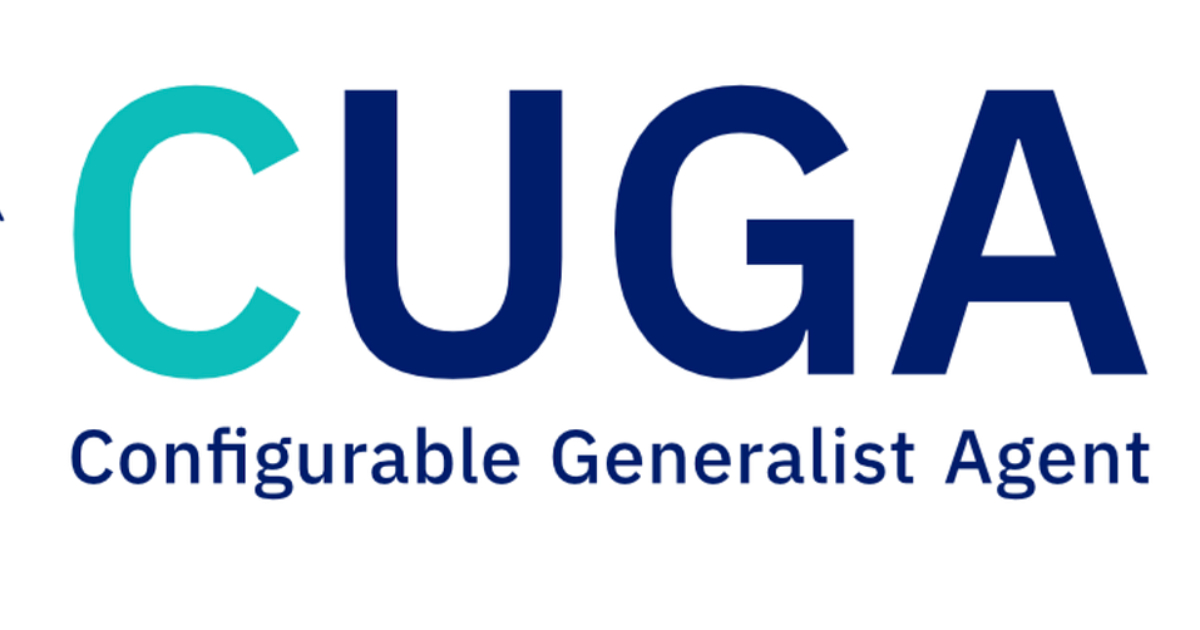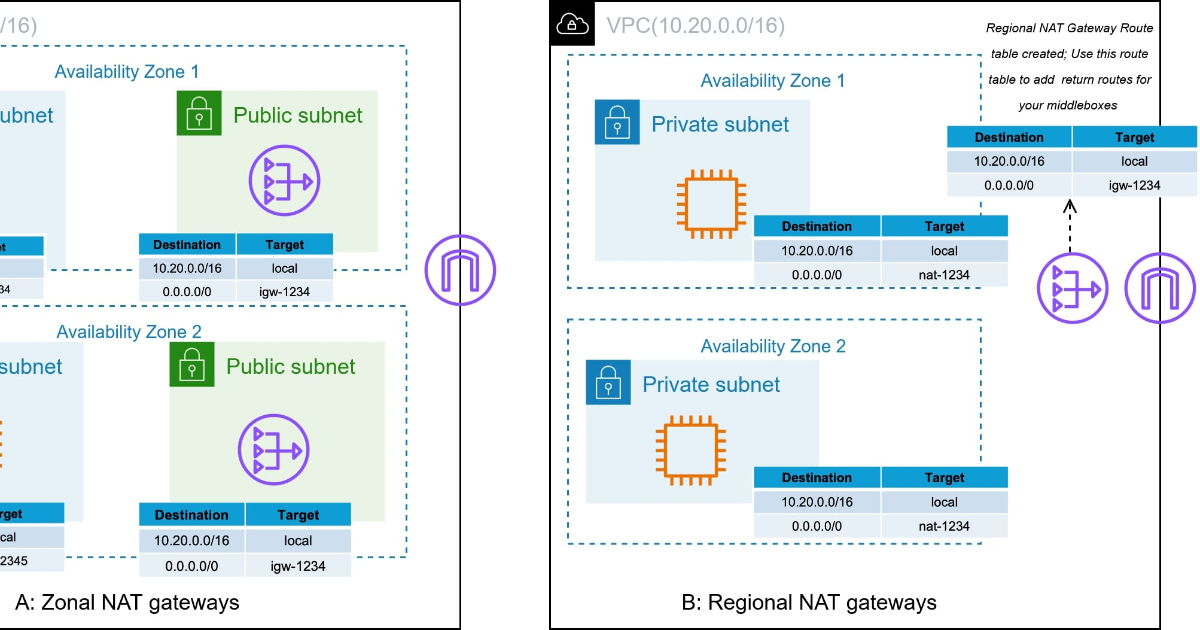Codetown
Codetown ::: a software developer's community
What's the difference between Grid computing and Cloud Computing
I don't clearly catch the difference betwenn these two concept. Someone told me that the essential différence is that the cloud computing give you a large space of storage and the grig give more advantages than storage, we can profit to much power with this last.
Does any one know more clearly these two concept; and tell us?
Tags:
Replies to This Discussion
-
Permalink Reply by Thomas Michaud on October 26, 2011 at 3:38pm
-
I don't claim to be the expert, but the difference is (I think) in use.
Grid represents a scalable framework. You write your algorithm and your code and use as much computing power as you wallet can afford. (Useful as some work can be highly parallelizable) .
Cloud computing offers storage (true) but it's also represents the applications as well. Ideally with cloud computing, you don't need to have certain applications on your desktop - as long as you can hit the cloud, you can get, update, and use your data.
-
-
Permalink Reply by Hervé-greg MOKWABO on October 26, 2011 at 3:49pm
-
Thanks thomas;
What I got :
Grid - much computing power and can be highly parallelizable
Cloud - Storage and dont need to have certain applications on your desktop ( that's just like server application?)
Someone can tell us more?
-
-
Permalink Reply by Bradlee Sargent on October 27, 2011 at 10:58pm
-
I think if you look at the history, you will understand some difference.
In my own experience, the grid began with Oracle using it as a type of metadatabase, which would point to multiple databases residing on different but uniform hardware systems. So if a company had multiple unix boxes and needed to increase the size of their database, instead of purchasing additional hardware they could implement the grid database and combine their multiple unix servers into one database resource.
Cloud is much more in terms of it offering not only a database, but also an entire server including the operating system.
The cloud exposes an operating system, whereas a grid exposes a database.
But I am no buzz word expert so I might be wrong.
-
-
Permalink Reply by Jackie Gleason on October 28, 2011 at 10:17am
-
I just talked to a buddy about this, essentially the Oracle Grid product is differant because it runs the DB in memory. So access times are a lot quicker. I don't think it is really a matter of Vs. so much as Grid computing is a way to handle db transactions in a faster way.
He said their grid servers had something like 72gbs of ram. Freaking crazy
-
-
Permalink Reply by Hervé-greg MOKWABO on November 29, 2011 at 10:33am
-
Please Bradley, wha do you think about Jackie's reaction?
-
Notes
Welcome to Codetown!
 Codetown is a social network. It's got blogs, forums, groups, personal pages and more! You might think of Codetown as a funky camper van with lots of compartments for your stuff and a great multimedia system, too! Best of all, Codetown has room for all of your friends.
Codetown is a social network. It's got blogs, forums, groups, personal pages and more! You might think of Codetown as a funky camper van with lots of compartments for your stuff and a great multimedia system, too! Best of all, Codetown has room for all of your friends.
Created by Michael Levin Dec 18, 2008 at 6:56pm. Last updated by Michael Levin May 4, 2018.
Looking for Jobs or Staff?
Check out the Codetown Jobs group.
InfoQ Reading List
IBM Research Introduces CUGA, an Open-Source Configurable Agent Framework on Hugging Face

IBM Research has released CUGA (Configurable Generalist Agent) on Hugging Face Spaces, making its enterprise-oriented agent framework easier to evaluate with open models and real workflows. The move positions CUGA as a practical alternative to brittle, tightly coupled agent frameworks that often struggle with tool misuse, long-horizon reasoning, and recovery from failure.
By Robert KrzaczyńskiAWS Launches ECS Express Mode to Simplify Containerised Application Deployment

AWS has released Amazon ECS Express Mode, bringing a simplified process to deploying containerised web applications and APIs. Express Mode lets users deploy production-ready services in one shot, bypassing the usual detail required around ancillary requirements such as IAM roles, load-balancers and scaling.
By Matt SaundersQConAI NY 2025 - Designing AI Platforms for Reliability: Tools for Certainty, Agents for Discovery

Aaron Erickson at QCon AI NYC 2025 emphasized treating agentic AI as an engineering challenge, focusing on reliability through the blend of probabilistic and deterministic systems. He argued for clear operational structures to minimize risks and optimize performance, highlighting the importance of specialized agents and deterministic paths to enhance accuracy and control in AI workflows.
By Andrew HoblitzellGoogle Metrax Brings Predefined Model Evaluation Metrics to JAX

Recently open-sourced by Google, Metrax is a JAX library providing standardized, performant metrics implementations for classification, regression, NLP, vision, and audio models.
By Sergio De SimoneAWS Introduces Regional Availability for NAT Gateway

AWS has recently introduced regional availability for the managed NAT Gateway service. The new capability allows developers to create a single NAT Gateway that automatically spans multiple availability zones (AZs) in a VPC, providing high availability, eliminating the need to define separate gateways and public subnets in each zone.
By Renato Losio
© 2025 Created by Michael Levin.
Powered by
![]()